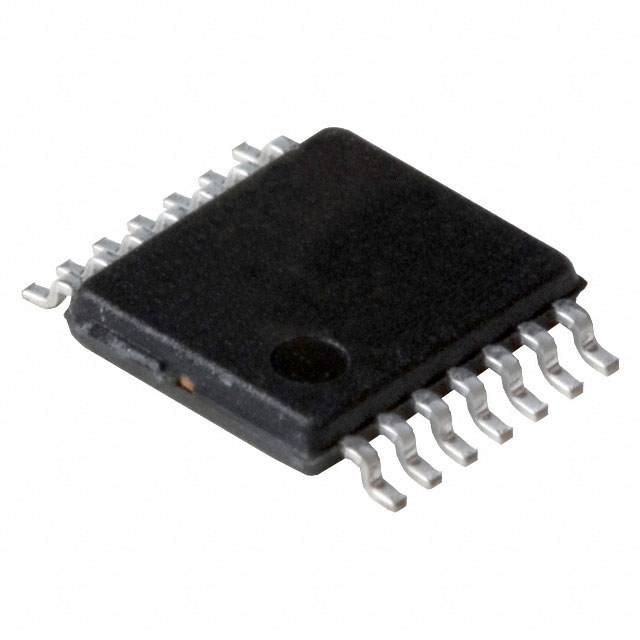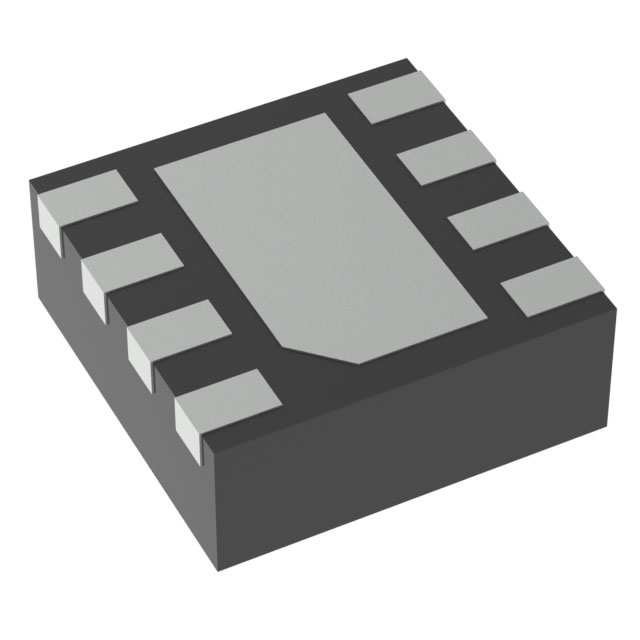NJM339CV-TE1
Manufacturer No:
NJM339CV-TE1
Manufacturer:
Description:
IC COMPARATOR 4 GEN PUR 14SSOP
Datasheet:
Delivery:





Payment:




In Stock : 0
Please send RFQ , we will respond immediately.









NJM339CV-TE1 Specifications
-
TypeParameter
-
Supplier Device Package14-SSOP
-
Mounting TypeSurface Mount
-
Package / Case14-LSSOP (0.173", 4.40mm Width)
-
Operating Temperature-40°C ~ 85°C
-
Hysteresis-
-
Propagation Delay (Max)-
-
CMRR, PSRR (Typ)-
-
Current - Quiescent (Max)2.5mA
-
Current - Output (Typ)16mA @ 5V
-
Current - Input Bias (Max)0.25µA @ 5V
-
Voltage - Input Offset (Max)5mV @ 5V
-
Voltage - Supply, Single/Dual (±)2V ~ 36V, ±1V ~ 18V
-
Output TypeCMOS, DTL, ECL, MOS, Open-Collector, TTL
-
Number of Elements4
-
TypeGeneral Purpose
-
PackagingTape & Reel (TR)
-
Product StatusActive
-
Series-
The NJM339CV-TE1 is a quad comparator integrated circuit chip manufactured by New Japan Radio. It has several advantages and can be used in various application scenarios. Here are some of them:Advantages: 1. Low power consumption: The NJM339CV-TE1 operates at a low supply voltage and consumes minimal power, making it suitable for battery-powered devices and low-power applications. 2. Wide supply voltage range: It can operate within a wide range of supply voltages, typically from 2V to 36V, allowing flexibility in different power supply configurations. 3. High input impedance: The chip has a high input impedance, which means it draws very little current from the input signal source, making it suitable for interfacing with high impedance sensors or circuits. 4. Rail-to-rail output: The output of the NJM339CV-TE1 can swing close to the supply voltage rails, enabling it to work with signals that span the entire supply voltage range. 5. Low input offset voltage: The chip has a low input offset voltage, which minimizes errors in precision applications where accurate voltage comparisons are required.Application scenarios: 1. Voltage level detection: The NJM339CV-TE1 can be used to compare different voltage levels and generate digital outputs based on the comparison results. It is commonly used in level detection circuits, voltage monitoring systems, and battery voltage monitoring. 2. Signal conditioning: It can be used as a signal conditioner to amplify, filter, or shape analog signals before further processing. For example, it can be used in audio applications to compare audio levels or in instrumentation circuits to compare sensor outputs. 3. Window comparators: The chip can be configured as a window comparator to detect if an input signal falls within a specific voltage range. This is useful in applications such as overvoltage/undervoltage protection, window alarms, or voltage monitoring systems. 4. Oscillators and timers: The NJM339CV-TE1 can be used in conjunction with external components to build oscillators or timers. By utilizing the comparator's hysteresis feature, it can generate square wave signals of specific frequencies or provide timing functions in applications like pulse width modulation (PWM) or timing circuits. 5. Motor control: It can be used in motor control circuits to compare feedback signals from position sensors or current sensors with reference signals, enabling precise control of motor speed or position.These are just a few examples of the advantages and application scenarios of the NJM339CV-TE1 integrated circuit chip. Its versatility, low power consumption, and wide supply voltage range make it suitable for various analog signal processing and control applications.
NJM339CV-TE1 Relevant information










